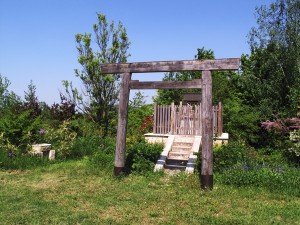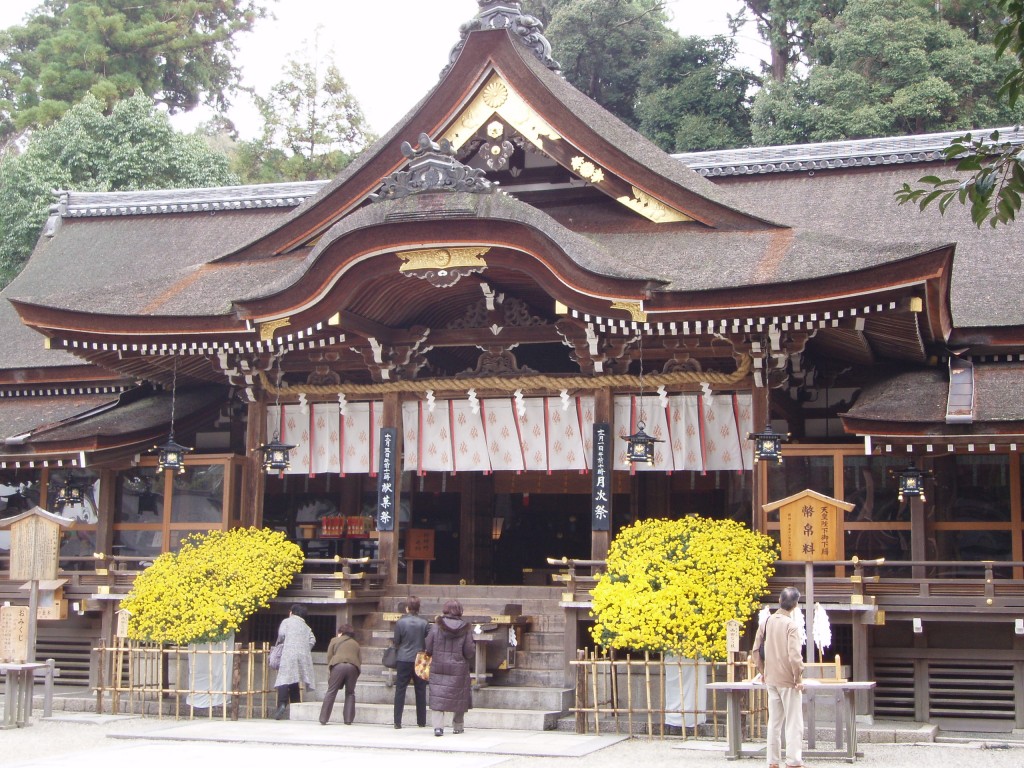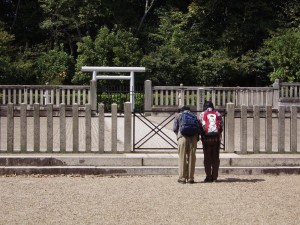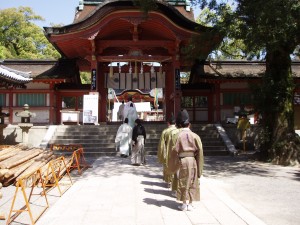
Shinto as nature worship
Animism versus ancestors
Is Shinto a nature religion? It’s often referred to that way, but the truth is that it’s much more complicated. Animism is married to ancestor worship and tribalism. If you look at the major shrines, nature spirits comprise a small percentage of the kami being worshipped. The vast majority are former humans – either past emperors, or clan founders, or legendary figures, or angry spirits needing to be placated.
Commentators have long argued about the true essence of Shinto: animism or ancestor worship. W.G. Aston and others affirmed the primacy of nature worship, since its roots are so much older than ancestor worship. Some even trace the roots back to the Jomon Period.
Lafcadio Hearn, however, believed that the defining characteristic of the Japanese mindset was ancestor worship, and a scholar named Sato in an article for Japanese Religions (Vol. 3, no. 1) argued that the simple nature worship of old could not be considered ‘Shinto’. Only with the introduction of ancestor worship did the concept of Shinto as an essentially Japanese religion arise. It is precisely for that reason that Shinto is sometimes described as a tribal religion, or as a religion of Japaneseness.
The advent of ancestral kami
In ‘Kami, Death and Ancestral Kami’, published in the Proceedings of the Second International Congress on Shinto Studies (1955), Delmer Brown examines how exactly the worship of ancestral kami might have been conjoined to the animism of old. The problem, as he sees it, is why the souls of dead people should come to be worshipped by a religion that saw death as pollution? After all, the shamanistic belief of ancient times worshipped vitality in nature. Blood, disease and association with death were shunned.
Brown’s starting point is that nature worship was originally centred around agricultural rites to do with the rice harvest. Completely separate from this was the veneration of dead heroes. Burial tombs were filled with valuable objects to accompany them. Were these to console the dead spirit, given as offerings, or simply a disposal method of ‘polluted items’? Altar-like knolls at the side of the burial tombs may have been places to hold rituals, but were they celebrating the dead, trying to secure for them a good afterlife, or performing genealogical rites of succession? No one can be sure.
According to Brown, it was during the sixth century that some of the leading clans began to foster belief that their putative founders should be worshipped as kami. It was a time of instability when clans sought legitimacy, and the idea was stimulated by the introduction from China of more advanced forms of ancestor worship. These founder kami were idealized rather than real historical figures, belonging in the realm of mythology (Amaterasu, the sun-goddess, would be an example). Later they were incorporated into the mythology of Kojiki (712) and Nihon shoki (720)
From idealised to real ancestral kami
During the eighth and ninth centuries a further development took place, with the notion of former emperors being kami. The first instance was the announcement of Hachiman as the spirit of the late third-century Emperor Ojin. Afterwards Hachiman was celebrated at court as an ancestral kami of the emperor, and the Iwashimizu Hachiman Shrine dedicated to that end was on occasion ranked even higher than Ise.
After the introduction of the Hachiman-Ojin idea came worship of the spirits of other deceased persons, all of whom were members of the ruling class: Sugawara Michizane as Tenjin, for example. Later still came deification of leaders such as Hideyoshi, Ieyasu, and several daimyo. For Delmer Brown this shows that the practice of making kami out of ancestors was essentially an agency of state practised by the ruling class and not affecting folk practices.
‘It seems safe to conclude that the worship of ancestral kami, and of souls of the dead, emerged very slowly in Japanese history and never became central to the Shinto faith,’ he writes. To my surprise, Brown’s examination of ancestor worship thus ends by suggesting that the true essence of Shinto is animism after all. It endorses those who see nature worship rather than the legitimation of state as the basis of the religion.

Primal Shinto at Omiwa Jinja, with direct worship of the mountain



Leave a Reply